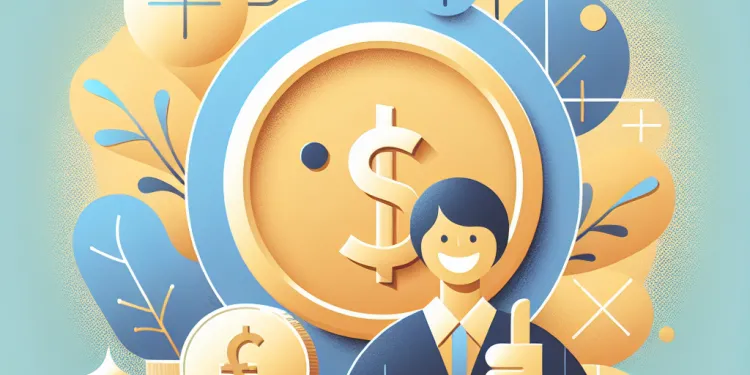
Find Help
More Items From Ergsy search
-

What is applied behavior analysis (ABA)?
Relevance: 100%
-

Living with changes in behaviour in frontotemporal dementia (FTD) (part 3/3)
Relevance: 33%
-

Can a wealth tax impact economic behavior?
Relevance: 31%
-
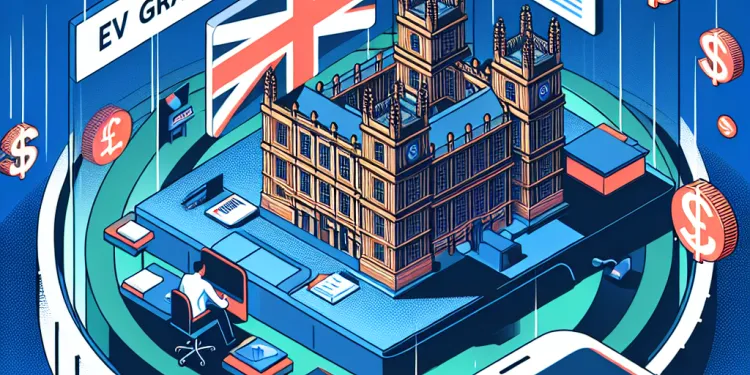
How do I apply for the EV grant?
Relevance: 24%
-

Applying For Universal Credit
Relevance: 23%
-
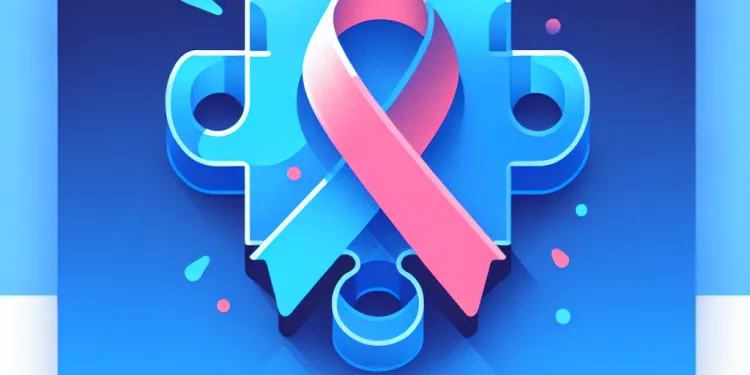
What are some common therapies for autism?
Relevance: 23%
-

Can I apply if I am self-employed?
Relevance: 23%
-

How to apply wet wraps
Relevance: 23%
-

Does the EV grant apply to hybrids?
Relevance: 22%
-
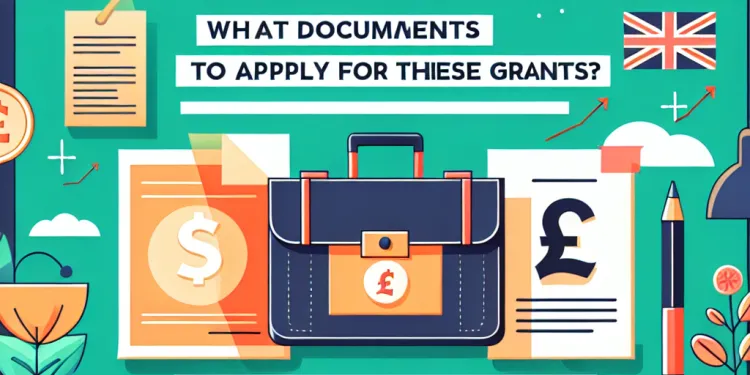
What documents are needed to apply for these grants?
Relevance: 22%
-

Does the sugar tax apply to small businesses?
Relevance: 22%
-

How do I apply for the Plug-in Car Grant?
Relevance: 22%
-
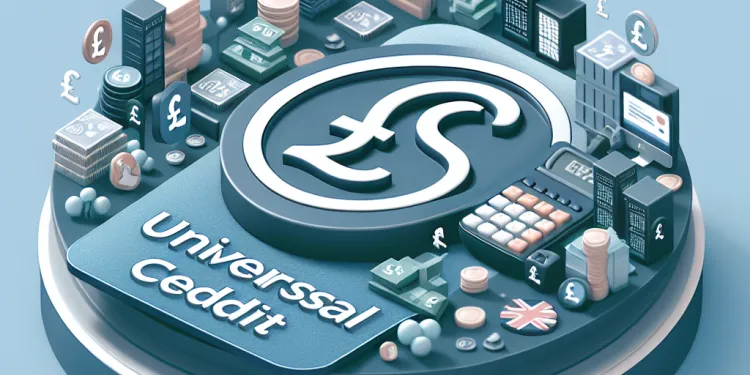
How can I apply for Universal Credit?
Relevance: 22%
-
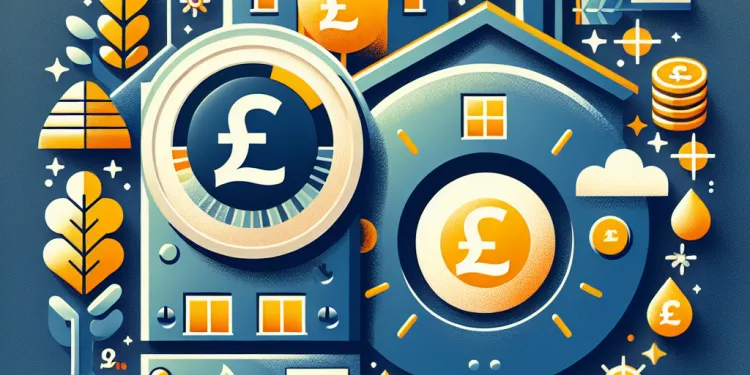
When is the Warm Home Discount applied?
Relevance: 21%
-
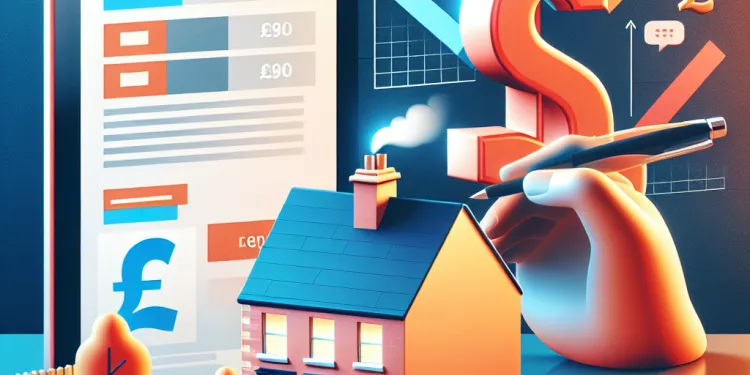
How do I apply for the Warm Home Discount?
Relevance: 21%
-

Can I apply for the payment on behalf of someone else?
Relevance: 21%
-

Can tenants apply for the Warm Home Discount?
Relevance: 21%
-

Where can I apply for the EVHS grant?
Relevance: 21%
-
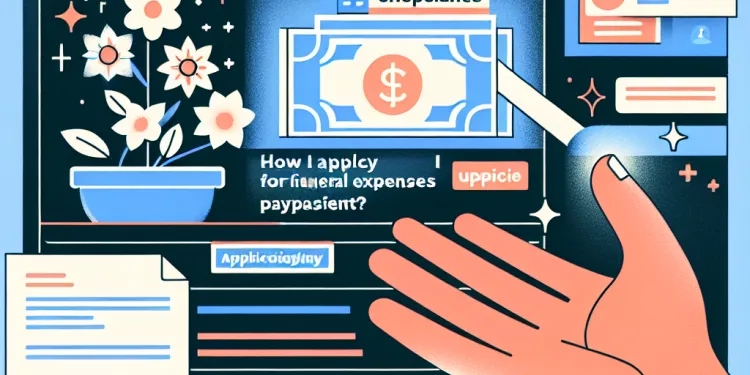
How do I apply for a Funeral Expenses Payment?
Relevance: 21%
-
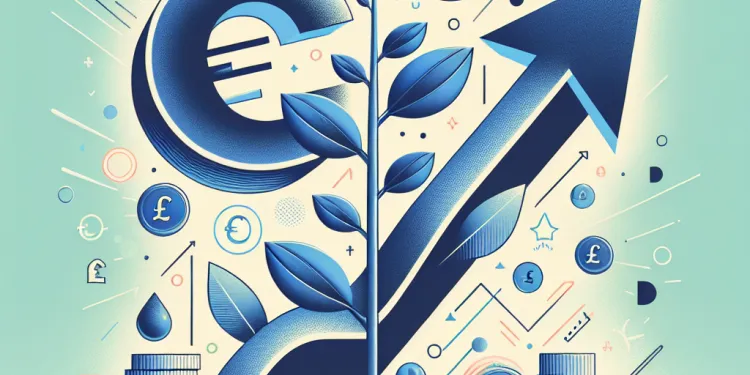
Can I apply for more than one grant?
Relevance: 21%
-
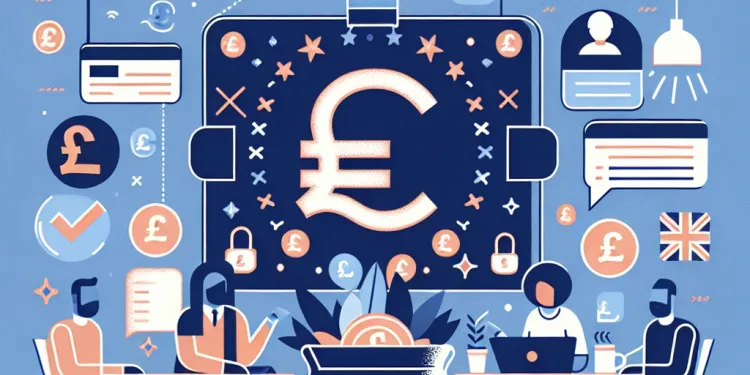
Who can apply for Universal Credit?
Relevance: 21%
-
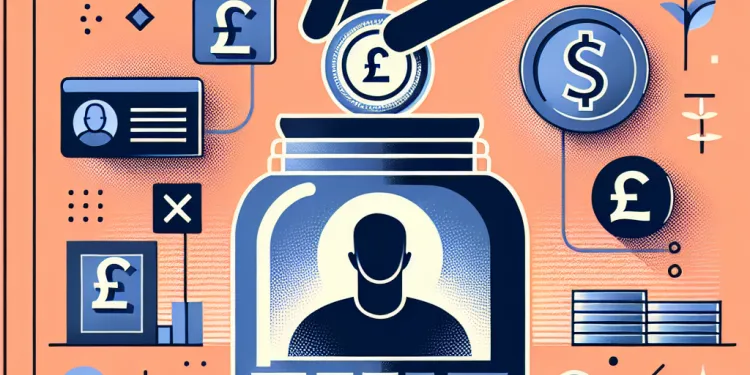
Can I apply for Universal Credit if I am self-employed?
Relevance: 21%
-
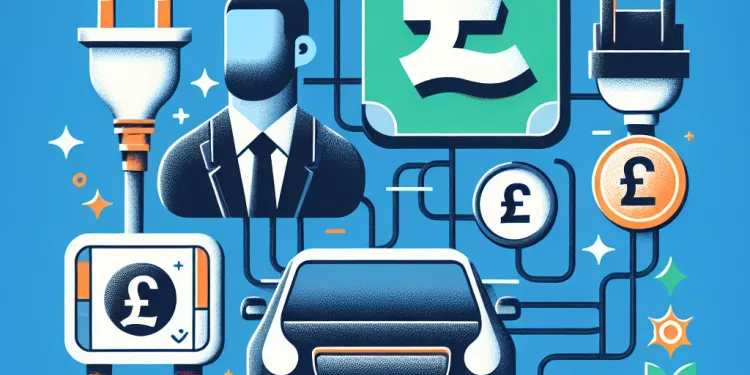
Can I apply for the Plug-in Car Grant directly?
Relevance: 21%
-

How do I apply for a balance transfer card?
Relevance: 20%
-
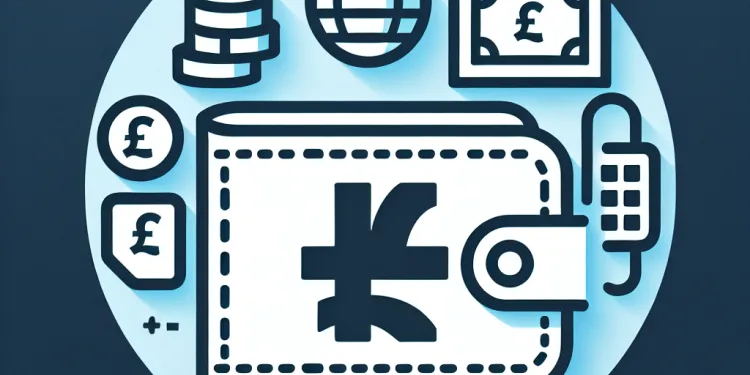
How do I apply for the NHS Low Income Scheme?
Relevance: 20%
-
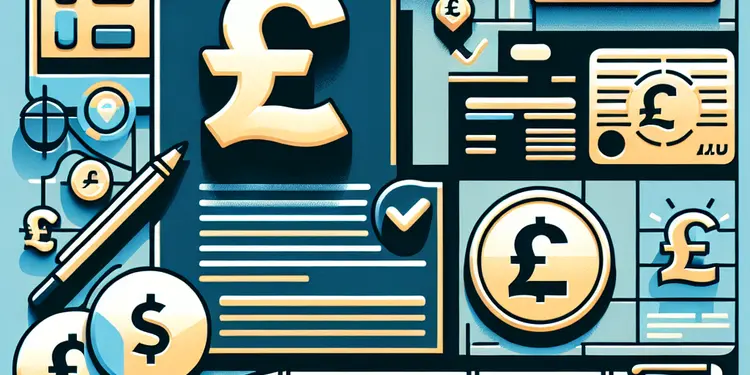
I do not have internet access. How can I apply?
Relevance: 20%
-

What is the process for applying to a nursing degree course?
Relevance: 20%
-
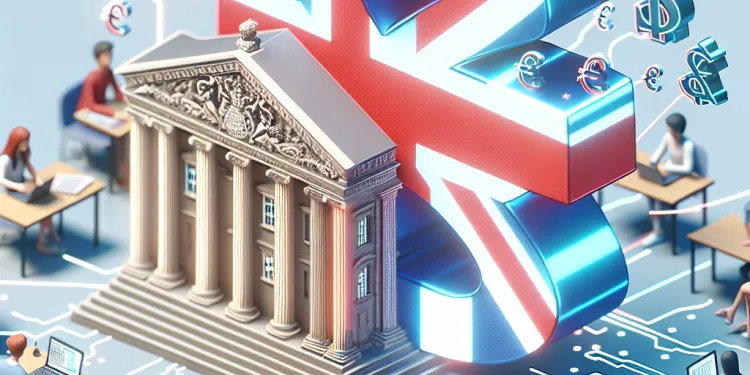
Can students apply for Cost-of-Living support?
Relevance: 20%
-

How do I apply for the Winter Fuel Payment in Scotland?
Relevance: 20%
-
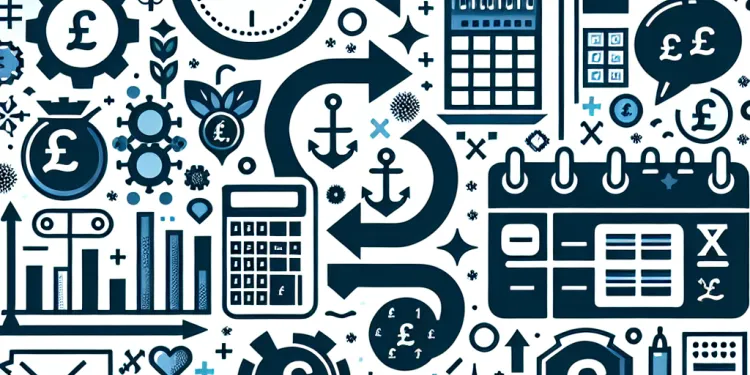
Can my tax refund be applied to my future tax obligations?
Relevance: 20%
-
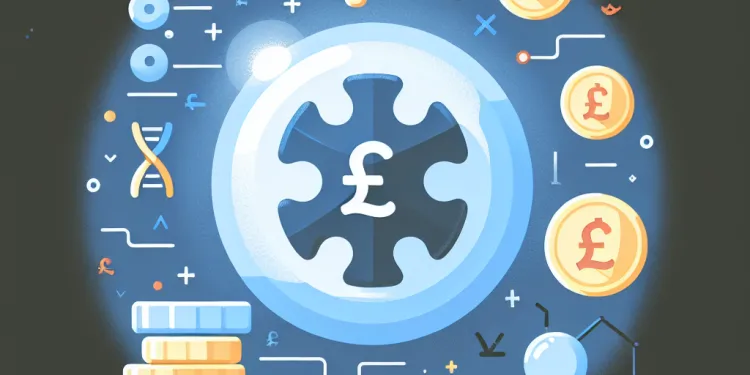
What is Autism?
Relevance: 20%
-
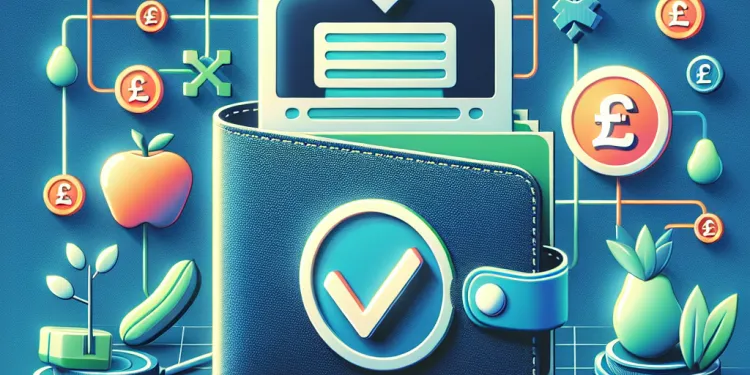
How can I apply for Healthy Start vouchers?
Relevance: 20%
-

How to apply for NHS funding to treat infertility
Relevance: 20%
-

Can businesses apply for the Plug-in Car Grant?
Relevance: 20%
-
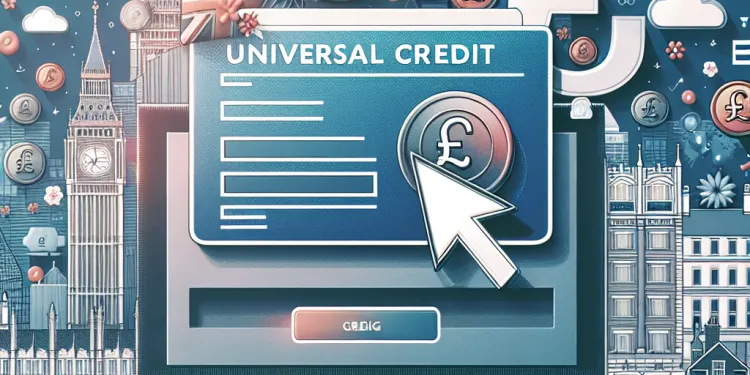
What documents are required to apply for Universal Credit?
Relevance: 20%
-
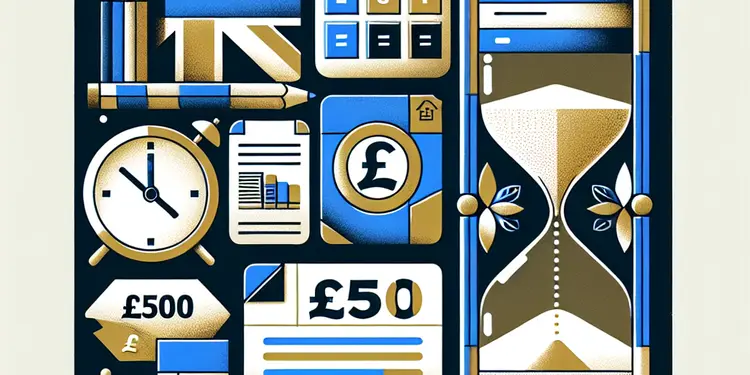
Is there a deadline to apply for the £500 cost of living payment?
Relevance: 20%
-

Do balance transfer offers apply to new purchases?
Relevance: 20%
-
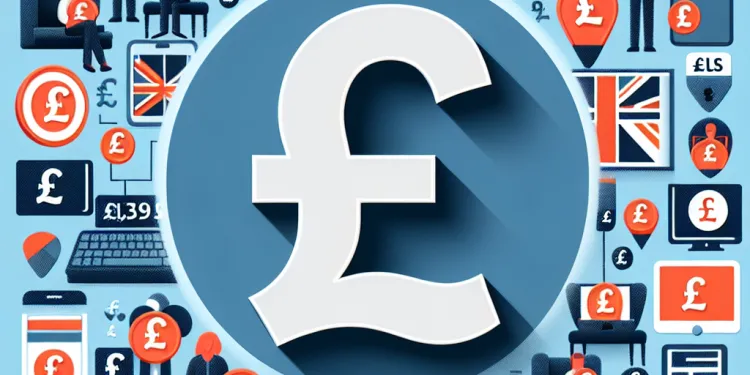
How can I apply for the £500 cost of living payment?
Relevance: 20%
-
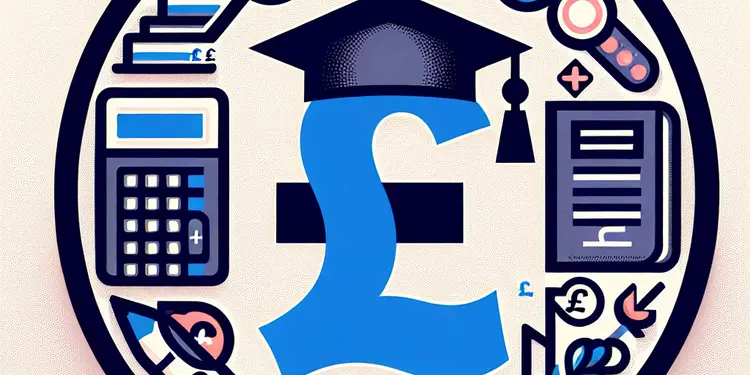
Can part-time students apply for the £500 payment?
Relevance: 20%
-
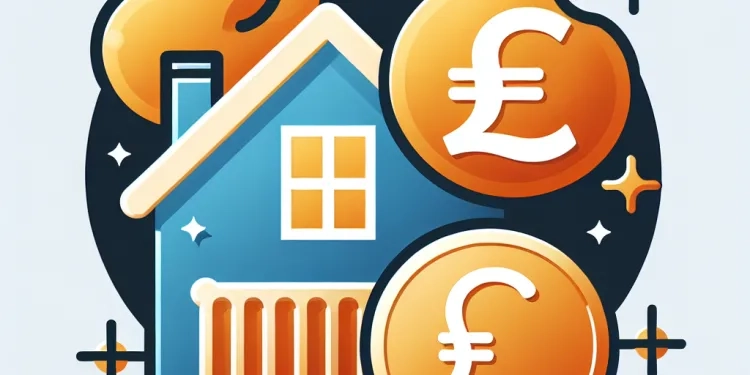
Does the Warm Home Discount apply to gas bills?
Relevance: 20%
What is Applied Behavior Analysis (ABA)?
Applied Behavior Analysis (ABA) is a scientific approach to understanding behavior and how it is affected by the environment. It focuses on applying principles derived from the science of behavior to improve socially significant behaviors. These principles are applied in a systematic way to bring about meaningful change in behavior. ABA is widely used in various settings, particularly in helping individuals with autism spectrum disorder (ASD), but its applications extend to many other areas as well.
Core Principles of ABA
ABA is grounded in behavioral principles such as reinforcement, punishment, extinction, and stimulus control. Reinforcement, an essential principle, involves increasing the likelihood of a behavior by providing a consequence that is satisfying or rewarding. Conversely, punishment seeks to decrease the likelihood of a behavior by following it with a negative consequence. Extinction involves reducing a behavior by no longer providing the reinforcement that previously maintained it. Stimulus control is the process by which the presence of a stimulus increases the probability of a behavior due to the history of reinforcement in its presence.
Applications of ABA
Originally developed for research purposes in the mid-20th century, ABA has since become a valuable tool in applied settings. It is widely used in educational, clinical, and therapeutic contexts. One of the most common applications of ABA is in the treatment of children with ASD. ABA techniques are used to teach communication, social, academic, and life skills, often using one-on-one sessions that involve structured and data-driven approaches. Beyond autism, ABA strategies are employed in areas such as organizational behavior management, rehabilitation of brain injuries, and improving workplace performance.
ABA Practices and Techniques
ABA practitioners employ various techniques based on individual needs. Discrete Trial Training (DTT) is a structured method where complex skills are broken down into smaller steps and taught systematically. Natural Environment Teaching (NET) involves learning in a less structured environment, often focusing on play and daily activities. Task analysis is used to break complex tasks into smaller parts, and chaining is employed to teach sequences of behaviors. These techniques are often tailored to suit the individual's learning pace and style, ensuring effective intervention.
Effectiveness and Considerations
Research supports the efficacy of ABA in improving adaptive behaviors and reducing maladaptive ones. However, the success of ABA largely depends on the expertise of the practitioners and the extent to which they customize interventions to meet individual needs. There is ongoing dialogue about the ethical considerations surrounding ABA, mainly focusing on ensuring respect for individual autonomy and avoiding overly rigid or aversive techniques. It is crucial for practitioners to maintain ethical standards and empathetic approaches in their practice.
What is Applied Behavior Analysis (ABA)?
Applied Behavior Analysis, or ABA, is a way to understand why people act the way they do and how their surroundings affect them. It helps people change their behavior in positive ways. ABA is often used to help people with autism, but it can be used in other areas too.
Core Principles of ABA
ABA is based on some main ideas like reward, punishment, stopping rewards, and signals. When you reward someone, they are more likely to do the action again. Punishment makes them less likely to do it. If you stop giving rewards, people might do something less. Signals help people know when to do things. These ideas help change behavior.
Applications of ABA
ABA started as research a long time ago but is now used in schools and clinics. It helps kids with autism learn to talk, play, and do daily activities. ABA is one-on-one and uses data to help. Besides autism, ABA helps in many other areas like work places and injury rehabilitation.
ABA Practices and Techniques
ABA uses different ways to teach based on what each person needs. In Discrete Trial Training (DTT), big skills are broken into small parts and taught step-by-step. In Natural Environment Teaching (NET), people learn through play and everyday life. Task analysis breaks big jobs into small steps. Chaining teaches how to do things in order. These methods are made to fit the person's needs and learning style.
Effectiveness and Considerations
Studies show ABA works well for helping people learn better and behave better. But, how well it works can depend on how skilled the helpers are and if they make the plans fit each person. There are talks about making sure ABA is done kindly and with respect. It's important for helpers to be caring and follow good standards.
Frequently Asked Questions
What is Applied Behavior Analysis (ABA)?
Applied Behavior Analysis (ABA) is a scientific discipline that involves applying techniques and principles based on the theory of behaviorism to bring about meaningful and positive changes in behavior.
What are the key principles of ABA?
The key principles of ABA include reinforcement, punishment, extinction, and stimulus control to increase or decrease targeted behaviors.
Who benefits from ABA therapy?
ABA therapy is commonly used for individuals with autism spectrum disorder (ASD), but it can benefit anyone seeking behavior change, including those with developmental disorders and learning disabilities.
What is reinforcement in ABA?
Reinforcement is a principle of ABA where a stimulus is presented following a behavior, increasing the likelihood that the behavior will occur again in the future.
How is data used in ABA?
Data is collected consistently during ABA sessions to track progress, analyze behavior patterns, and make informed decisions about treatment adjustments.
What is a behavior analyst?
A behavior analyst is a professional who is trained in the principles of behavior analysis and is responsible for designing and overseeing programs to improve behavior.
How does ABA help individuals with autism?
ABA helps individuals with autism by teaching social, communication, academic, and life skills through systematic instruction while reducing challenging behaviors.
What is the role of an ABA therapist?
An ABA therapist works directly with clients to implement behavior intervention plans, monitor progress, and adjust strategies to meet individual needs.
What is discrete trial training in ABA?
Discrete trial training (DTT) is a structured technique in ABA that breaks down skills into small, teachable steps, with each trial consisting of an instruction, response, and consequence.
How does ABA address challenging behaviors?
ABA addresses challenging behaviors by identifying their functions and applying strategies such as reinforcement of alternative behaviors, extinction, or teaching replacement skills.
What is the history of Applied Behavior Analysis?
ABA originated from the field of behaviorism and was formally developed in the 20th century with significant contributions from researchers like B.F. Skinner.
Can ABA be used in schools?
Yes, ABA techniques are frequently used in educational settings to support students with behavioral challenges and enhance their learning and social interactions.
Is ABA therapy individualized?
Yes, ABA therapy is highly individualized, with interventions tailored to each individual's specific strengths and needs.
How long does a typical ABA program last?
The duration of an ABA program varies depending on individual goals, needs, and progress, but can range from several months to several years.
Are there any criticisms of ABA?
Criticisms of ABA include concerns about its intensity, focus on compliance, and the need for a more holistic approach that considers an individual's overall well-being.
What qualifications are required to become a behavior analyst?
Behavior analysts typically hold a master's degree or higher in behavior analysis or a related field and must be certified as a Board Certified Behavior Analyst (BCBA).
What is a functional behavior assessment in ABA?
A functional behavior assessment (FBA) is a process used in ABA to identify the cause of challenging behaviors and inform the creation of effective intervention strategies.
Does insurance cover ABA therapy?
Many insurance plans provide coverage for ABA therapy, particularly for individuals with autism; however, coverage can vary, so it's important to check with your provider.
How are goals set in ABA therapy?
Goals in ABA therapy are set based on assessments, parental input, and the individual's needs, focusing on areas such as communication, social skills, and adaptive behavior.
What is generalization in ABA?
Generalization is the process of applying learned skills in different settings or with different people, which is a key goal in ABA to ensure skills are functional and applicable in real life.
What is Applied Behavior Analysis (ABA)?
Applied Behavior Analysis, or ABA, is a way to help people learn new things and behave in better ways. It looks at how people act and works to make good changes. ABA is often used to help children with autism learn and grow.
If you want to learn more about ABA, you can use pictures, simple stories, and videos to help understand it better.
Applied Behavior Analysis (ABA) is a way of helping people learn good habits and behaviors. It uses ideas from the science of how people behave. ABA helps people make good changes in how they act.
What are the main ideas of ABA?
ABA stands for Applied Behavior Analysis. It helps people learn new things and change behaviors.
Here are the main ideas of ABA:
- Practice Skills: People practice small steps to learn new skills.
- Rewards: When people do something well, they get a reward. This makes learning fun.
- Understanding Behavior: We watch what people do and try to understand why.
- Change Environment: We change things around people to help them do better.
Tools to Help:
- Pictures or drawings can help understand.
- Using reminders or timers to keep on track.
- A soft voice or music to make learning calm and fun.
The main ideas of ABA (Applied Behavior Analysis) are:
- Reinforcement: Giving a reward when someone does something good. This helps them do it again.
- Punishment: Giving a consequence when someone does something bad. This helps them not do it again.
- Extinction: Ignoring a behavior so it happens less.
- Stimulus Control: Using clues or signals to make behaviors start or stop.
These ideas help us increase or decrease certain behaviors. Here are some tools and techniques that might help:
- Use charts to track good behavior.
- Give clear and simple instructions.
- Provide lots of praise for good actions.
Who gets help from ABA therapy?
ABA therapy helps people learn new things and get better at what they do.
It is good for kids and adults with autism.
Lots of people can use ABA therapy to feel better and do more.
If you're having a tough time reading, try using:
- Pictures, to help understand words.
- Audiobooks, to listen instead of reading.
- Reading apps, to say words out loud.
ABA therapy helps people change how they act. It is often for people with autism, but it can help anyone who wants to change their behavior. It can also help people with developmental problems and learning difficulties.
What is reinforcement in ABA?
ABA means Applied Behavior Analysis. It helps people learn good ways of acting.
Reinforcement is like a reward. It helps you do things the right way again.
For example, if you pick up your toys, you might get a sticker. The sticker is your reward. This makes you want to pick up your toys again.
Tools that can help you:
- Pictures to show what to do
- Simple videos or stories
- Charts to track rewards
Reinforcement is a way to help people learn. It happens when we give a reward after someone does something. This makes it more likely they will do it again next time.
How do we use data in ABA?
In ABA, data is information we collect to help people learn and change behaviors.
Here are some ways data is used:
- We watch and write down what a person does.
- We look at the notes to see if there are changes.
- We use the notes to help make new plans.
- We check if the plans are working.
Tools that can help:
- Use pictures or drawing to show what you mean.
- Make lists to organize what you collect.
We collect information all the time during ABA sessions. This helps us see how things are going, understand behavior better, and decide if we need to make changes in the treatment.
What is a behavior analyst?
A behavior analyst is a person who helps people understand why they do certain things. They look at how people act and help them learn to do things in a better way.
Helpful tips:
- Think of a behavior analyst like a coach who helps with actions and behavior.
- If you need help understanding, you can ask a teacher or a friend.
- Using pictures or videos might help you learn more about behavior analysts.
A behavior analyst is a person who is trained to understand why people act the way they do. They help make plans to change behavior and help people do better.
Here are some tools that might help:
- Use pictures or charts to understand steps.
- Ask someone to explain things in simple words.
- Try to practice new behaviors with someone supportive.
How can ABA help people with autism?
ABA stands for Applied Behavior Analysis. It is a way to help people learn new things and behave better.
Here is how ABA can help someone with autism:
- Learning Skills: ABA helps teach things like talking, playing, and doing daily tasks like getting dressed.
- Improving Behavior: It helps people learn what to do in different situations, like sharing or taking turns.
- Using Rewards: ABA can use rewards, like stickers or toys, to help encourage good behavior.
- One Step at a Time: ABA breaks down tasks into small steps, so it is easier to learn.
If you need help understanding ABA, you can ask someone, like a teacher or therapist.
ABA is a way to help people with autism. It teaches skills by breaking tasks into small steps. It helps with talking, playing, learning, and other daily activities. It also helps to stop behaviors that can be hard for the person or others.
Tools like pictures, charts, and simple words can make learning easier. Using timers and rewards can help to keep learning fun and positive.
What does an ABA therapist do?
An ABA therapist helps people learn and behave better. They use special ways to teach new skills.
Here are some things they do:
- Help kids learn good behavior
- Show how to do everyday tasks, like brushing teeth or getting dressed
- Work with families to support learning at home
If you want more help understanding, you can use tools like pictures or videos to show how things work.
An ABA therapist helps people by using special behavior plans. They watch how well these plans work and make changes to help each person better.
What is Discrete Trial Training in ABA?
Discrete Trial Training, or DTT, is a way to help children learn. It is part of a teaching method called ABA, which stands for Applied Behavior Analysis.
Here is how DTT works:
- The teacher gives a simple instruction, like "Touch your nose."
- The child does what the teacher asks, or gets some help if needed.
- The teacher gives a reward, like praise or a small treat, when the child does it correctly.
- This helps the child learn and do it again in the future.
DTT helps by breaking learning into small steps. It uses lots of practice and rewards to help kids learn new skills.
For extra help:
- Use pictures to show what to do.
- Repeat instructions to practice.
- Ask for help from a teacher or therapist.
Discrete trial training (DTT) is a way to teach skills one step at a time. It is a part of Applied Behavior Analysis (ABA). In DTT, we break big tasks into small, easy steps. Each step has three parts: first, a teacher gives an instruction; then, the learner responds; finally, the learner gets feedback, like a reward or help to do better next time.
How does ABA help with difficult behaviors?
ABA helps with behavior problems. It finds out why the behavior happens. Then, it uses ways to help. These ways include rewarding good behavior, not giving attention to bad behavior, or teaching new skills.
What is the story of Applied Behavior Analysis?
Applied Behavior Analysis (ABA) is a way to help people learn new things and change how they act. Here is a simple story of ABA:
- In the 1950s, some smart people started studying how we learn and behave.
- They found out that using rewards can help people learn better.
- A man named B.F. Skinner was important. He showed that rewards and practice can change behavior.
- In the 1960s, people began using these ideas to help children with autism.
- ABA helps by breaking tasks into small steps and giving rewards.
ABA is used to teach new skills and help people behave in positive ways. It's a helpful tool for many people!
Supportive tools or techniques:
- Use pictures to show steps.
- Give lots of praise and rewards for trying.
- Repeat tasks often to help learning.
ABA started from a way of thinking called behaviorism. It was created in the 1900s. A smart person named B.F. Skinner helped a lot with this.
Can ABA help in schools?
ABA means Applied Behavior Analysis. It is a way to help children learn. It can be used in schools to help students with learning and behavior.
Teachers can use ABA to teach new things and help with good behavior. It can be helpful for children who learn differently.
If you need help, you can ask a teacher or use picture cards and videos to understand better.
Yes, teachers often use ABA in schools. It helps students who have trouble with behavior. It also helps them learn better and make friends.
Is ABA therapy made just for me?
Yes, ABA therapy is made to fit each person. It helps with their own strengths and needs.
How long does an ABA program usually go for?
ABA programs can last for a different amount of time. Most programs usually go for 1 to 3 years. Some programs might be longer or shorter.
Some kids might need more time, and some might need less. It depends on the child's needs.
Tools like pictures or videos can help understand better. Ask a helper if you have questions.
How long an ABA program takes can be different for each person. It depends on what they want to learn, what they need, and how well they are doing. An ABA program can last for a few months or even for a few years.
Is there anything bad about ABA?
Some people have worries about ABA. They think it might be too much or too hard. They also say it focuses too much on making kids do things. People think ABA should also help kids feel good and happy.
What Do You Need to Be a Behavior Analyst?
Do you want to help people understand and change their behavior? To be a behavior analyst, you need some special things:
- Education: Go to college and learn about behavior and the mind. You usually need a master's degree.
- Training: Get hands-on experience by working with a behavior analyst.
- Certification: Pass a big test to show you know how to do the job. It's called the BCBA exam.
If reading is hard, try using picture symbols or ask someone to help read with you. You can also listen to the text if there is a way to hear it read aloud.
Behavior analysts are people who study how we act. They usually have a master's degree or more in behavior analysis or something similar. They also need to be certified, which means they have a special certificate called Board Certified Behavior Analyst (BCBA).
What is a Functional Behavior Assessment in ABA?
A Functional Behavior Assessment, or FBA, is a way to understand why someone does certain things, especially things that can cause problems. It is part of a method called Applied Behavior Analysis, or ABA. ABA helps people learn good behaviors.
An FBA looks at when and where a behavior happens and what could be causing it. This helps us find better ways to teach and support the person.
Some tools you can use to help understand behaviors are:
- Pictures or drawings to show what happens before and after a behavior.
- Simple charts to track when the behavior happens.
- Talking with the person or others who know them well.
A functional behavior assessment, or FBA, is a way to find out why someone might be having a hard time behaving. It helps us understand what might be making them upset or act out. This helps us come up with good ways to help them behave better.
Will my insurance pay for ABA therapy?
A lot of insurance plans help pay for ABA therapy, especially for people with autism. But, each plan can be different, so you should ask your insurance company for details.
How do you set goals in ABA therapy?
ABA therapy helps children learn and grow. Here is how goals are set:
- Talk with the child and their family to understand what is important to them.
- Look at what the child can do now and what they want to learn.
- Set small, clear steps to reach the big goal.
Some tools to help with this are:
- Pictures and charts to show progress.
- Simple words to explain what to do next.
- Regular check-ins to see how things are going.
In ABA therapy, we make goals by looking at how the person is doing, talking to parents, and thinking about what the person needs. We work on things like talking, getting along with others, and doing things on your own.
What does generalization mean in ABA?
ABA means Applied Behavior Analysis. It helps people learn new things.
Generalization means using something you learned in different places or with different people. For example, if you learn to say "hello" at home, you also say "hello" at school.
This is important because we want to use our skills everywhere.
Here are some tips to help:
- Practice skills in different places.
- Ask different people to help you practice.
- Use tools like pictures or videos to remember steps.
These can help make learning easier!
What is Generalization?
Generalization means using what you have learned in different places or with different people. This is very important in ABA, which is a way of teaching, to make sure skills are useful in real life.
How to Help with Generalization
To help with this, you can:
- Practice skills in different places.
- Practice with different people.
- Use tools like charts or pictures to remember steps.
Useful Links
- Ergsy carfully checks the information in the videos we provide here.
- Videos shown by Youtube after a video has completed, have NOT been reviewed by ERGSY.
- To view, click the arrow in centre of video.
- Most of the videos you find here will have subtitles and/or closed captions available.
- You may need to turn these on, and choose your preferred language.
- Go to the video you'd like to watch.
- If closed captions (CC) are available, settings will be visible on the bottom right of the video player.
- To turn on Captions, click settings .
- To turn off Captions, click settings again.
More Items From Ergsy search
-

What is applied behavior analysis (ABA)?
Relevance: 100%
-

Living with changes in behaviour in frontotemporal dementia (FTD) (part 3/3)
Relevance: 33%
-

Can a wealth tax impact economic behavior?
Relevance: 31%
-

How do I apply for the EV grant?
Relevance: 24%
-

Applying For Universal Credit
Relevance: 23%
-

What are some common therapies for autism?
Relevance: 23%
-

Can I apply if I am self-employed?
Relevance: 23%
-

How to apply wet wraps
Relevance: 23%
-

Does the EV grant apply to hybrids?
Relevance: 22%
-

What documents are needed to apply for these grants?
Relevance: 22%
-

Does the sugar tax apply to small businesses?
Relevance: 22%
-

How do I apply for the Plug-in Car Grant?
Relevance: 22%
-

How can I apply for Universal Credit?
Relevance: 22%
-

When is the Warm Home Discount applied?
Relevance: 21%
-

How do I apply for the Warm Home Discount?
Relevance: 21%
-

Can I apply for the payment on behalf of someone else?
Relevance: 21%
-

Can tenants apply for the Warm Home Discount?
Relevance: 21%
-

Where can I apply for the EVHS grant?
Relevance: 21%
-

How do I apply for a Funeral Expenses Payment?
Relevance: 21%
-

Can I apply for more than one grant?
Relevance: 21%
-

Who can apply for Universal Credit?
Relevance: 21%
-

Can I apply for Universal Credit if I am self-employed?
Relevance: 21%
-

Can I apply for the Plug-in Car Grant directly?
Relevance: 21%
-

How do I apply for a balance transfer card?
Relevance: 20%
-

How do I apply for the NHS Low Income Scheme?
Relevance: 20%
-

I do not have internet access. How can I apply?
Relevance: 20%
-

What is the process for applying to a nursing degree course?
Relevance: 20%
-

Can students apply for Cost-of-Living support?
Relevance: 20%
-

How do I apply for the Winter Fuel Payment in Scotland?
Relevance: 20%
-

Can my tax refund be applied to my future tax obligations?
Relevance: 20%
-

What is Autism?
Relevance: 20%
-

How can I apply for Healthy Start vouchers?
Relevance: 20%
-

How to apply for NHS funding to treat infertility
Relevance: 20%
-

Can businesses apply for the Plug-in Car Grant?
Relevance: 20%
-

What documents are required to apply for Universal Credit?
Relevance: 20%
-

Is there a deadline to apply for the £500 cost of living payment?
Relevance: 20%
-

Do balance transfer offers apply to new purchases?
Relevance: 20%
-

How can I apply for the £500 cost of living payment?
Relevance: 20%
-

Can part-time students apply for the £500 payment?
Relevance: 20%
-

Does the Warm Home Discount apply to gas bills?
Relevance: 20%


